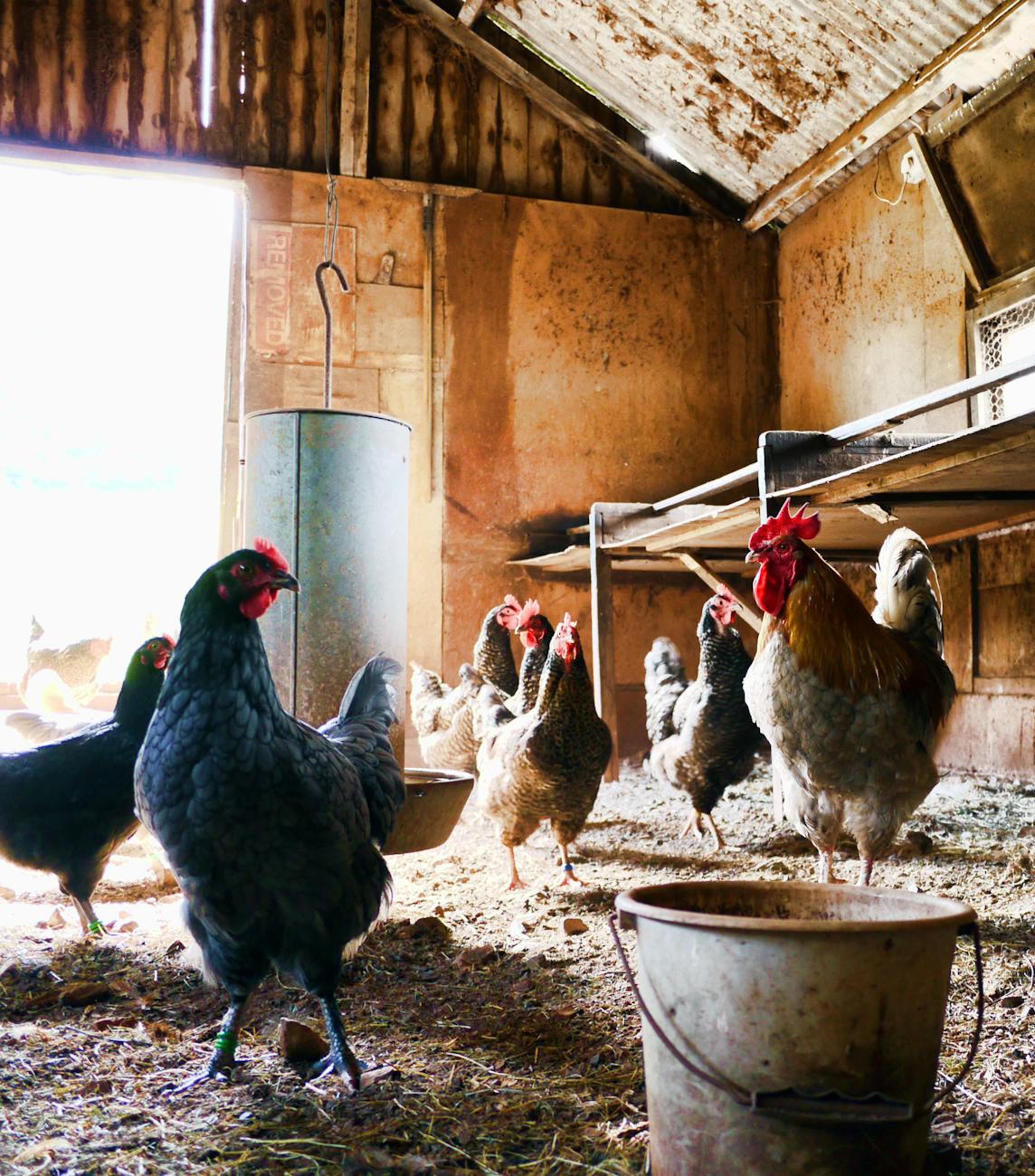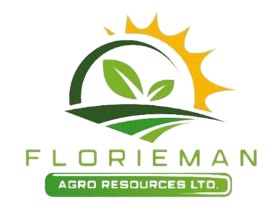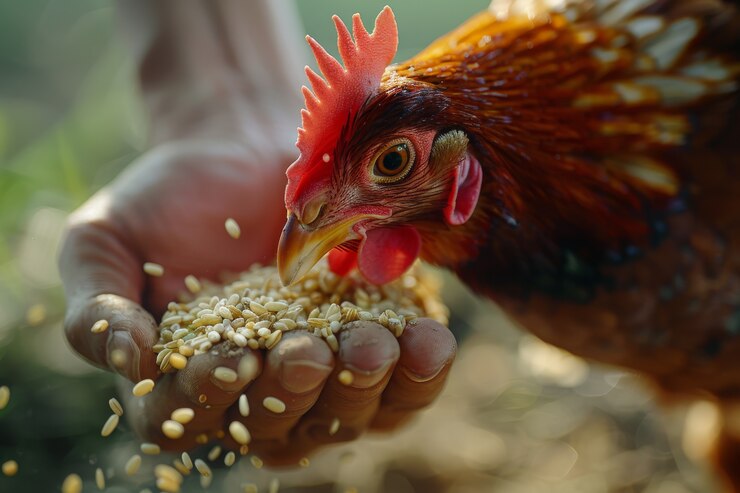The Ultimate Guide to Poultry Farming: Everything You Need to Know

Poultry farming is one of the most profitable agricultural ventures globally. Whether for commercial meat production or egg farming, the poultry industry plays a vital role in food security and economic growth.
It involves raising domesticated birds such as chickens, ducks, turkeys, and geese, primarily for meat or egg production. Poultry farming is not only a source of nutritious food but also an avenue for income generation, especially in rural and peri-urban areas.
This agricultural practice requires strategic planning and knowledge about the best breeds, feeding techniques, and disease management to ensure success. Poultry farming can range from small-scale backyard operations to large industrial setups, offering flexibility to farmers based on their goals and available resources.
In this guide, we will explore everything you need to know about poultry farming, including its benefits, types, best practices, and challenges.
Benefits of Poultry Farming
High Demand for Poultry Products – Chicken meat and eggs are among the most consumed animal proteins worldwide.
Quick Return on Investment (ROI) – Poultry farming has a shorter production cycle compared to other livestock farming.
Low Initial Investment – With proper planning, one can start small and scale gradually.
Employment Opportunities – Poultry farming creates jobs in production, processing, and marketing.
Rich Manure Source – Poultry waste can be used as organic fertilizer, enhancing soil productivity.
Types of Poultry Farming
Broiler Farming – Rearing chickens primarily for meat production. Broilers grow fast and can be ready for market in 6–8 weeks.
Layer Farming – Raising hens for egg production. Layers start laying eggs at around 18–20 weeks and continue for over a year.
Free-Range Poultry Farming – Birds are allowed to roam in open spaces, leading to healthier, organic products.
Organic Poultry Farming – Focuses on natural feed and no antibiotics to produce healthier meat and eggs.
Duck and Turkey Farming – Other poultry alternatives with significant market potential.
Best Practices for Successful Poultry Farming
Select the Right Breed – Choose breeds based on your purpose (egg or meat production) and climatic conditions.
Housing and Ventilation – Ensure proper spacing, ventilation, and protection from predators.
Quality Feed and Nutrition – Provide balanced feed with adequate protein, vitamins, and minerals.
Disease Prevention – Vaccinate birds, maintain hygiene, and monitor for signs of disease.
Proper Waste Management – Dispose of waste properly to prevent contamination and disease spread.
Market Research – Understand consumer demand and pricing before venturing into poultry farming.
Challenges in Poultry Farming
Diseases and Outbreaks – Bird flu and other infections can wipe out flocks if not controlled.
High Feed Costs – Feed expenses account for a major portion of poultry farming costs.
Market Fluctuations – Prices of poultry products can vary due to seasonal demand and competition.
Predator Attacks – Proper fencing and housing help prevent losses from predators.
Conclusion
Poultry farming is a lucrative business with immense potential when done correctly. With proper planning, disease control, and market research, farmers can maximize profits and sustain their operations. Whether you are starting small or expanding a large-scale poultry farm, following best practices will ensure success in this thriving industry.








